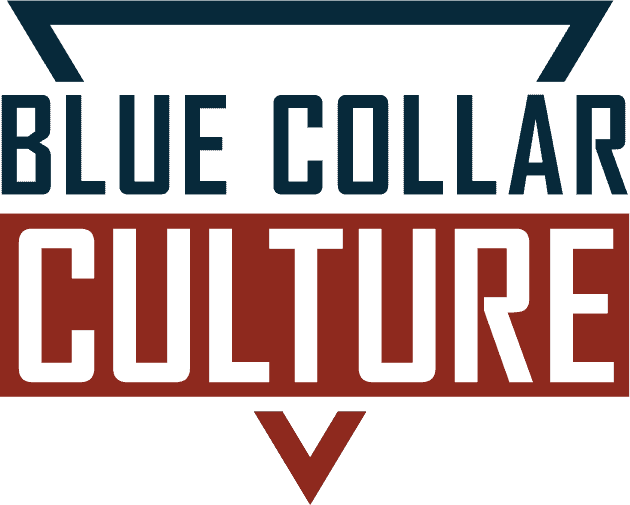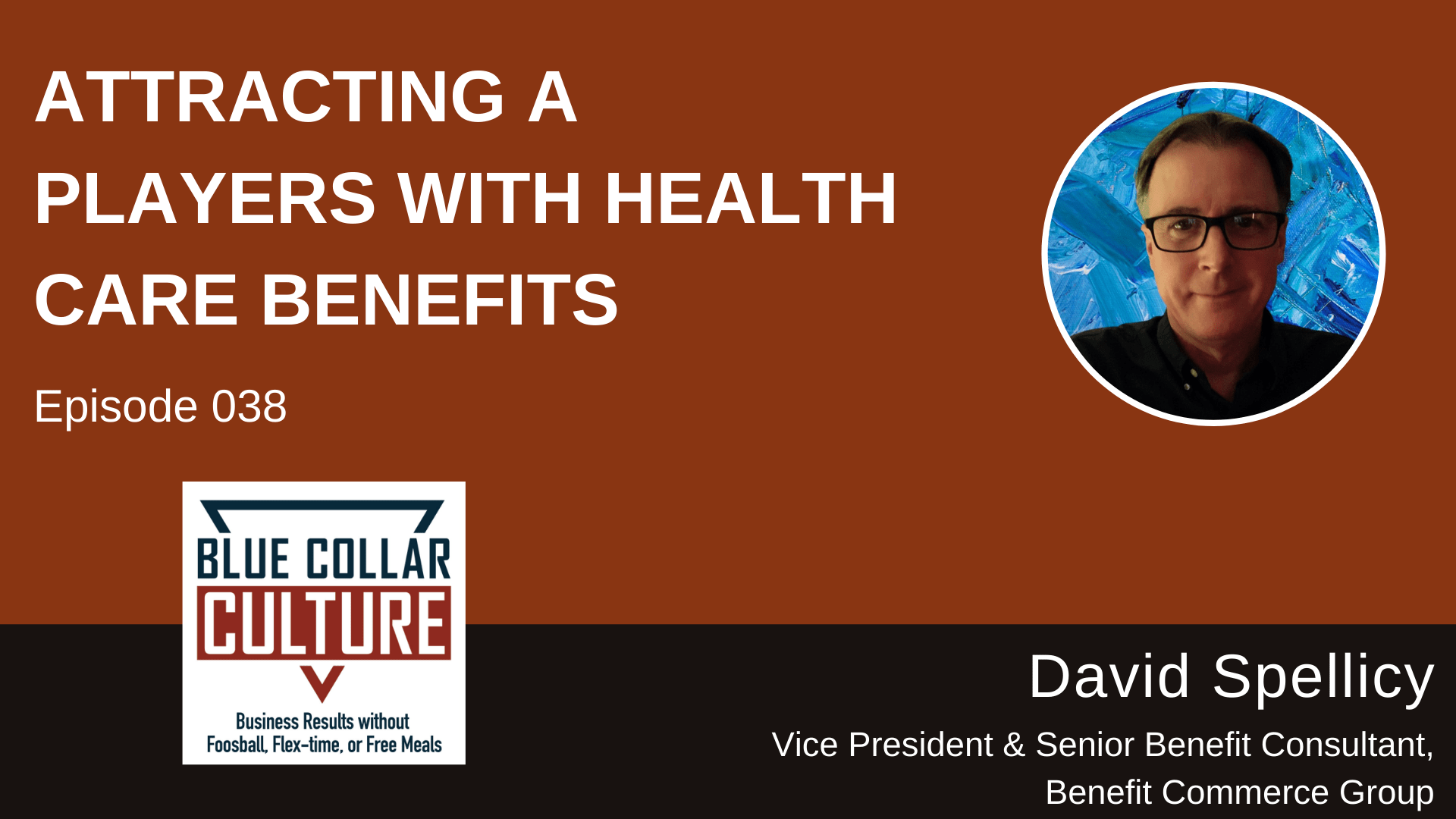Health insurance costs are rising uncontrollably, and nobody can do anything about it. Simply not true, says David Spellicy, vice president and senior benefits advisor of Benefit Commerce Group.
David and his colleagues are on a mission to dispel that myth and provide insurance, at a reasonable cost, that works for employees and their families – as well as employers.
With health insurance being one of the top three expenses for many – if not most – businesses, having an effective plan in place is key to the health of the business itself. David shares little-known strategies for getting health insurance costs under control, as well as…
- The benefits of a multi-year strategy with health insurance
- The reason small companies can secure quality benefits compared to larger businesses
- Why you can’t simply “buy” an insurance plan every year
- A little-known tactic for building health insurance “equity”
- Unexpected ways quality health insurance can increase employee retention
- How to structure a plan so employees pay less for insurance, co-pays, and more
- And more
Listen now…

